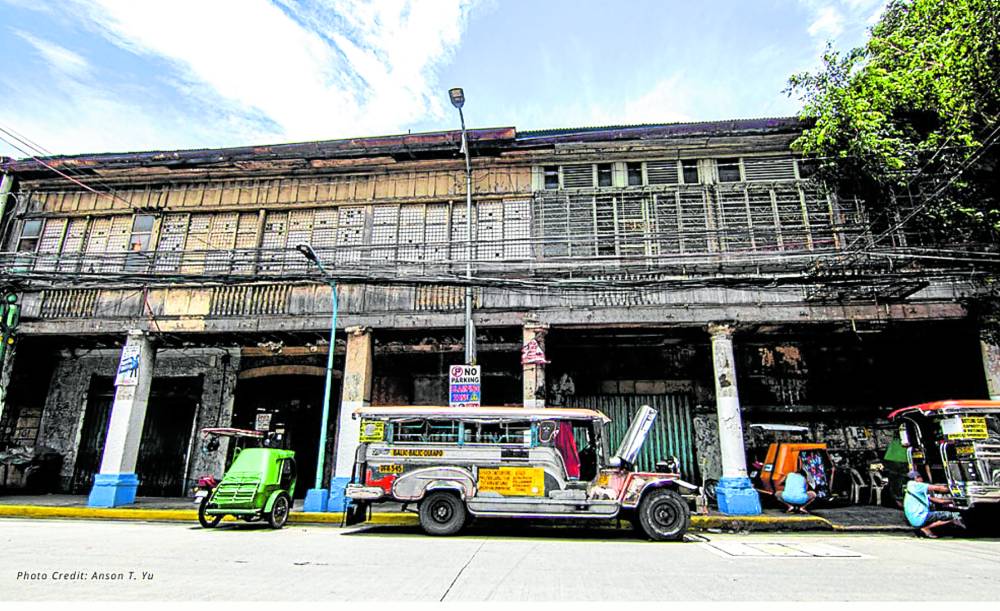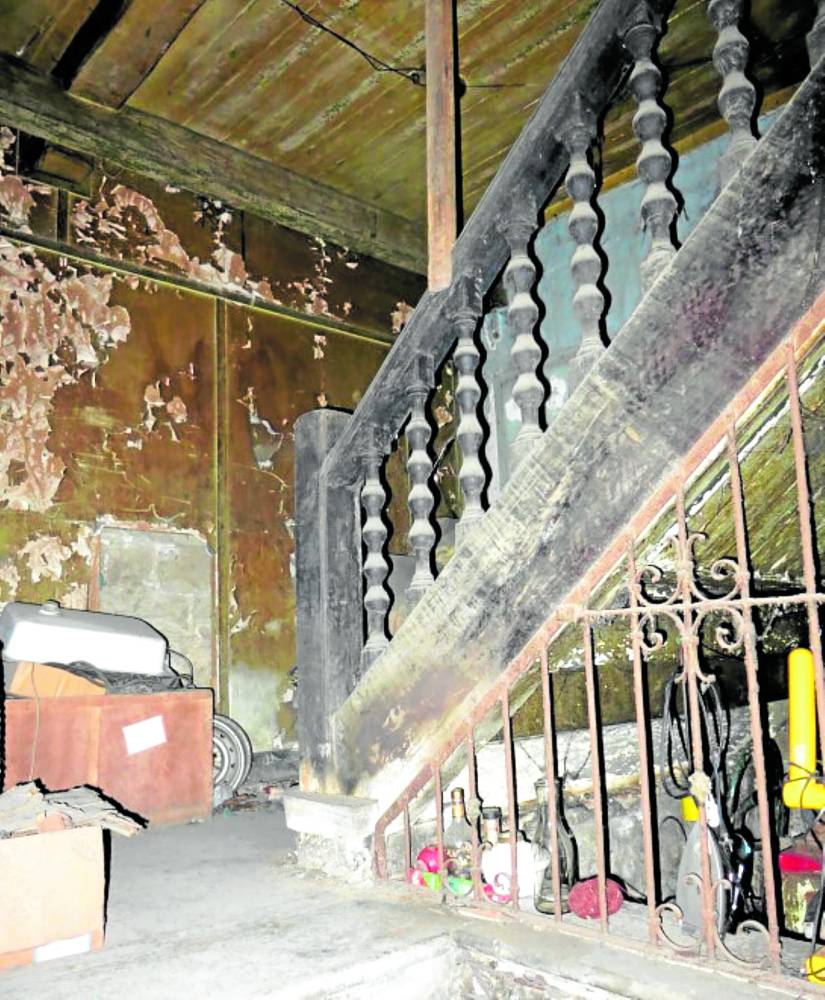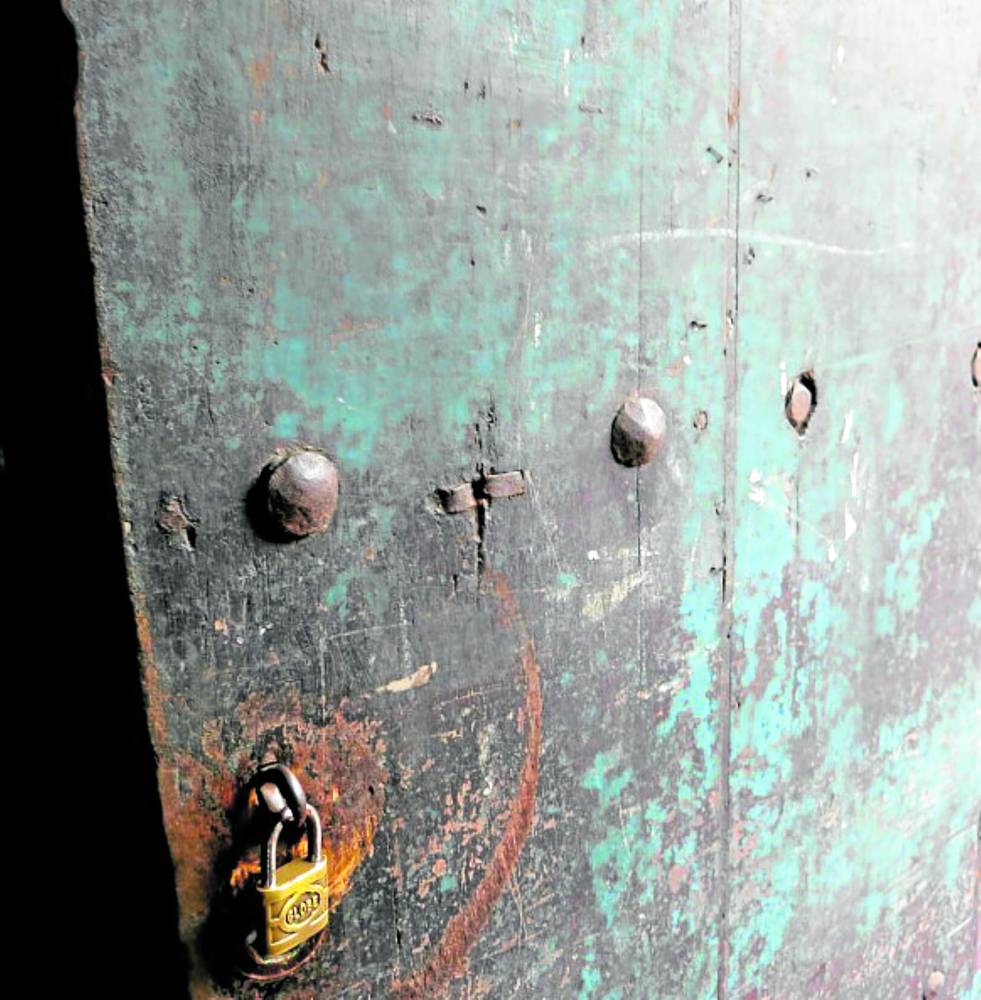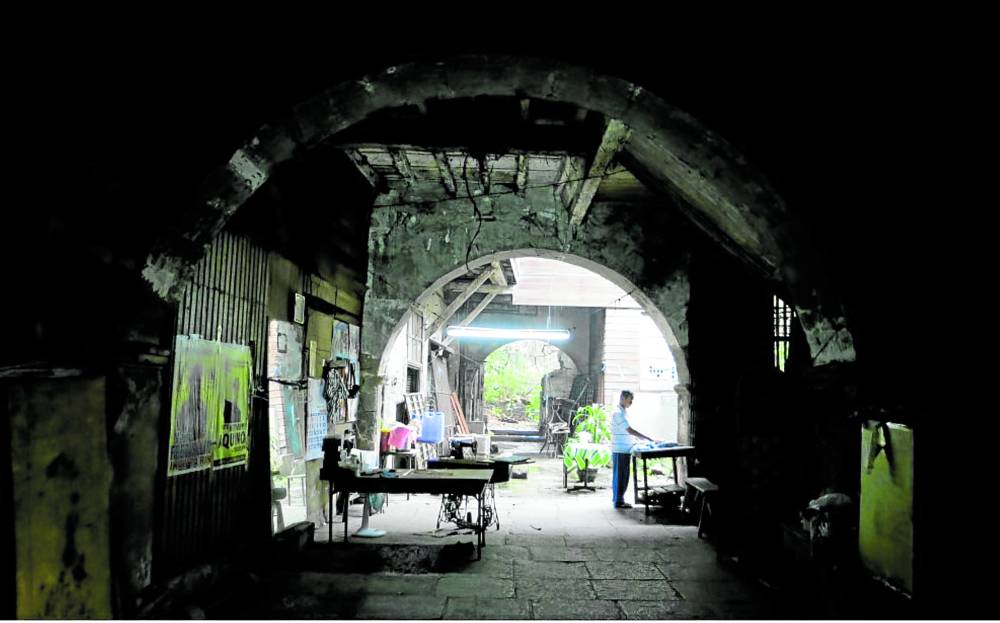
On Dec. 29, 2022, Quiapo bid goodbye to one of its remaining heritage houses due to a huge fire that consumed the Labor Compound on Arlegui Street.
That house was the Ilustre Mansion owned by former Sen. Vicente Ilustre who represented the fifth senatorial district from 1916 to 1919.
This elegant mansion was built in the early decades of the 20th century in what used to be a genteel district of Quiapo.
It once served as the home of the National University and the office of the Department of Labor and Employment before it deteriorated, sandwiched by many houses of light materials and a barangay hall.
Its use as a Labor office is the reason its area is called the Labor Compound.
The heritage house escaped a number of fire incidents before but was totally destroyed together with many houses during that late December fire.
Zamora House
Heritage advocates lamented the loss of this Quiapo landmark but these advocates are again up in arms against the possible loss of yet another cultural property in Quiapo—the Zamora Houses on Calle Hidalgo originally owned by pharmacist Manuel Zamora and Lucas Paterno.
These edifices of uniform style are collectively called by many as the Zamora House.
In July 2021, the Facebook page for heritage news, El Reportero, reported of the possible demolition of this heritage house after an application of a demolition permit was filed at the Manila City Hall.
It was not clear then if the demolition permit was granted until the heritage group Renacimiento Manila issued an alert in mid-January regarding the ongoing demolition of the house built in the second half of the 19th century.

Located on 967-975 Hidalgo Street, this house used to be the residence of pharmacist and chemist Dr. Manuel Zamora who invented the Tiki-tiki, a formula against the beri-beri disease.
The house is a bahay na bato with its first level made of stone and the second level of wood.
It features two courtyards and its portion located at 967 Calle Hidalgo was renovated in 1922 by National Artist for Architecture Pablo Antonio.
Endangered district
With its ongoing demolition, Renacimiento Manila called on government officials to act against the demolition.
It said that “details regarding developments with the property have been kept secret from the public on purpose, undermining efforts to save the property” which it said “as all led to the ongoing demolition of this more than 100-year-old structure.”
“The destruction of this property, which forms part of the last cluster of heritage houses in Quiapo’s Calle Hidalgo, will greatly affect the streetscape of the area, which is a central part of the core [of the proposed] Heritage Zone area,” it said.
Meanwhile, the management of the Bahay Nakpil-Bautista, a National Historical Landmark on Bautista Street in Quiapo, “mourns the demise of one among many of its endangered neighbors,” even if it is a presumed important cultural property under the heritage law and listed in the Philippine Registry of Cultural Property of the National Commission for Culture and the Arts.

In an email to Inquirer Lifestyle, National Historical Commission of the Philippines (NHCP) Chair Rene Escalante clarified that his agency does not issue demolition permits as it is the role of a local government unit.
He said his agency only approves development plans, a case that applies to the issue at hand.
In the NHCP letter to the site’s developer Cielito’s Realty Development Corp. dated Sept. 5, 2022, the agency approved Cielito’s plan of adaptive reuse through facadism.
“Upon review of the plans that you submitted, the NHCP is amenable to your proposal since you integrated the preservation ad adaptive reuse of the existing old houses in your proposed development,” noted the letter signed by Escalante.
“This is in line with the position of the NHCP to maintain the streetscape of R. Hidalgo Street with the existing rows of extant bahay na bato that defines the architectural character of the area worthy of preservation,” Escalante said in the letter.
In the same letter, Escalante also directed the developer to preserve the stone walls at the ground floor and the wooden materials of the second floor specially the facade.
He also reminded the developer that his agency will monitor the developments in the area and requested the developer to submit the “complete documentation of the project upon its completion for our reference.”

Save everything
The facadism approach is being opposed by advocates with the Bahay Nakpil-Bautista, saying the “interior, with its enclosed patio under the shadow of a banyan tree is beautiful and historic in itself [and] has much potential as an attraction in itself—as a cafe, souvenir shop, etc.”
It said Hidalgo Street is historic with “Spanish colonial houses, structures that are containers of some of our country’s valuable historical stories” and “Zamora’s story is part of this legacy.”
It called on stakeholders’ dialogue to save the house.
“Together, with the help of a developer, who loves history, to sit down with the owner of the Zamora House to see how both commercial development and heritage conservation could be combined to make Hidalgo Street more attractive,” it said in a statement.
Apart from the Zamora House, heritage advocates are also monitoring the possible demolition of the American-era Traders Building in Binondo, also a presumed important cultural property.
With these recent developments, Renacimiento Manila said “it is time for Manila to walk the talk, especially since it is always said that the city ‘values and promotes its heritage structures.’” —CONTRIBUTED












































